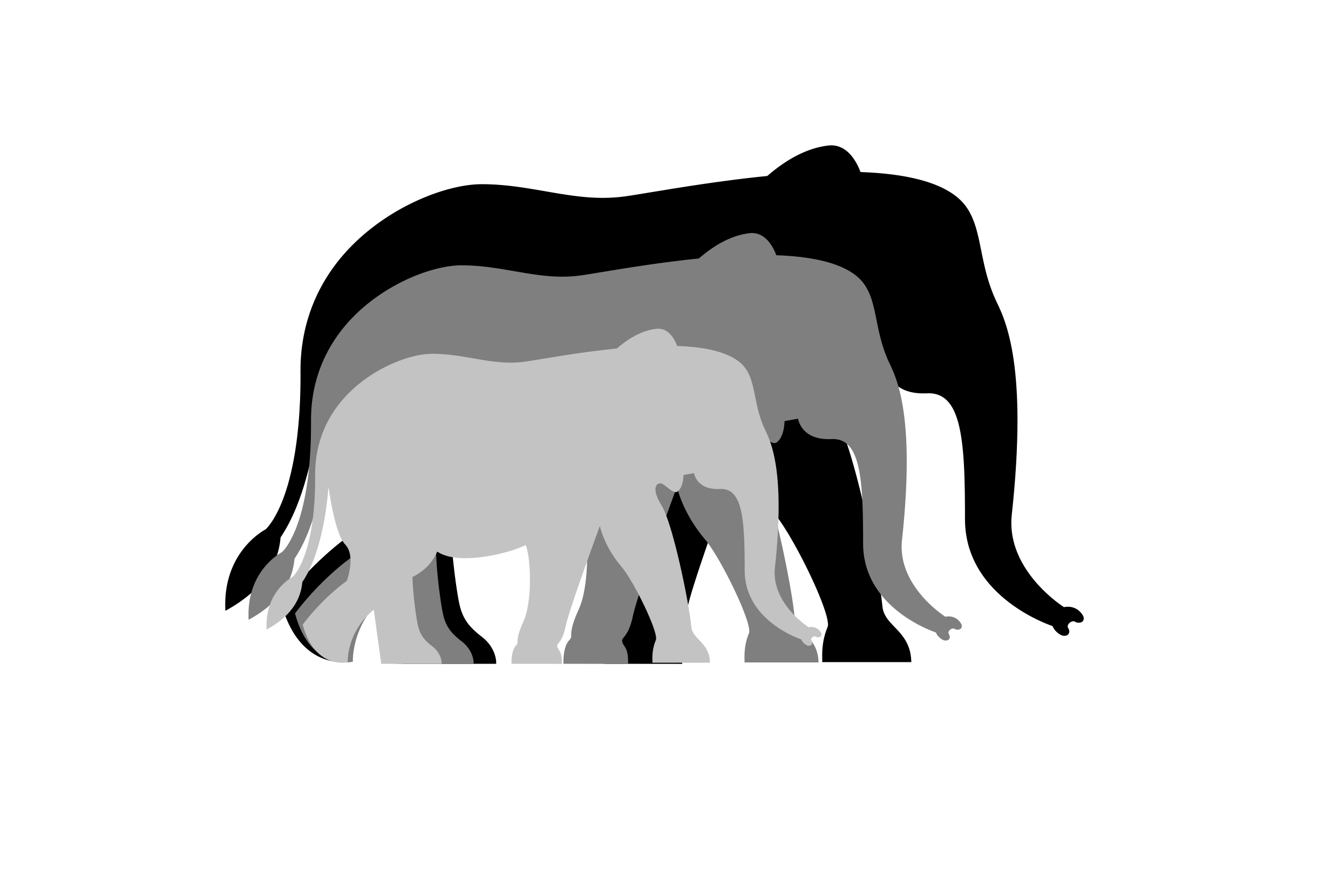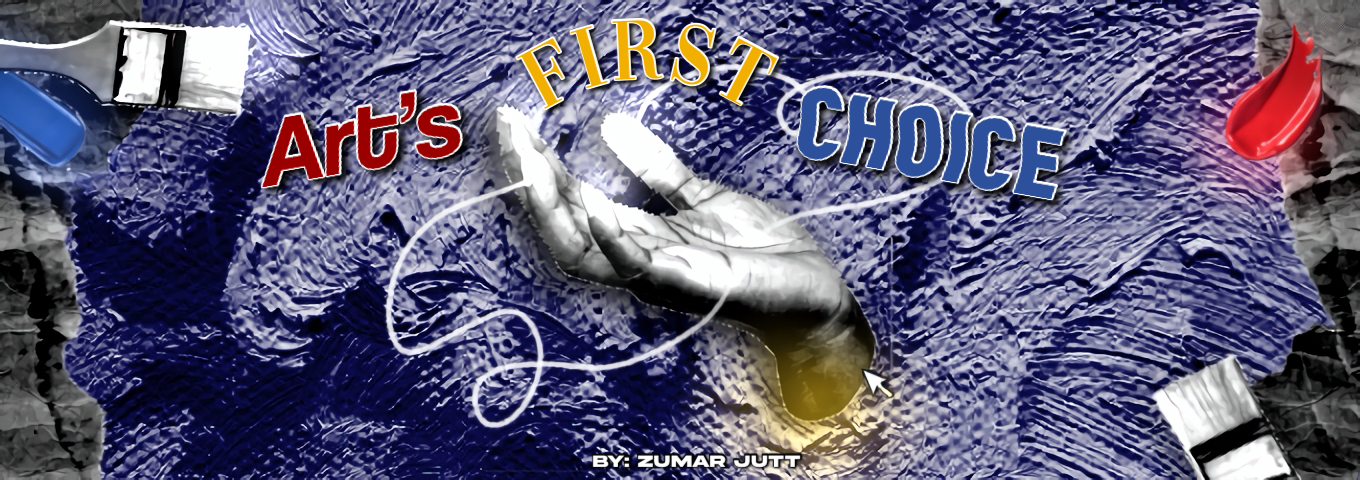Long before a brush meets canvas, a bow meets strings, or a lens captures light, there is a moment of quiet deliberation. The artist makes a choice—not of subject, but of vessel. And in that choice lies everything.
We often look at art as something separate from its maker, as if it arrived fully formed, untouched by human hand or heart. But art is inseparable from the artist. Their thoughts, temperament, experiences, and hesitations all live in the work—if we know where to look.
To know the art, you must first try to know the artist. And the medium is often where that relationship begins.
An artist who lets the paint direct itself often doesn’t want everything to be controlled. The paint flows through his brushes to the horizons of his art, mixing at checkpoints of overlapping color, sometimes creating effects beyond the artist’s intention. Such artists are welcoming; they let the art simply be. To them, perfection is simply the art’s existence and flow. This kind of art demands patience and trust. There is no going back, no undoing. Every stroke is permanent, and every mistake becomes part of the final piece. These artists carry a gentle openness. They are at ease with the idea that beauty can come from letting go. And that’s how you know they’ve surrendered to the quiet glory of color immersed in water.
But where watercolor flows freely, oil speaks slowly. Layers wait for each other, drying over days. Each moment on the canvas must be considered, not rushed. Artists drawn to oil are deliberate souls who find comfort in routine and ritual. They are planners, dreamers who build their visions methodically. The depth oil provides—its richness of tone, its subtle light and shadow—comes only with time, and they understand that some things cannot be hurried. Their work unfolds alongside them, not under them. These are people who believe in the value of process over speed, in depth over immediacy.
Yet some artists crave something more immediate, more visceral. Charcoal brings a different intimacy. There is no distance between artist and medium. It clings to fingers, smudges clothing, marks the air. But in return, it offers urgency and raw emotion. For these artists, the physical connection to their work is essential—for their creation demands to be felt. The goal is not precision, but capturing something fleeting, often caught in the softness of a line that fades even as it forms. These are artists who trust their instincts and aren’t afraid to get their hands dirty in pursuit of truth.
Where charcoal embraces the raw and immediate, digital art opens the door to endless refinement. The canvas can be altered without fear. Layers shift, colors transform, and forms evolve. But this freedom doesn’t diminish artistic intent—it demands a different kind of precision. Digital artists are architects of choice, methodical in their experimentation. They are problem-solvers by nature, curious minds who think in systems and find beauty in the marriage of creativity and technology. Their work is shaped by both intuition and analysis, allowing decisions to build on one another through countless iterations.
Some ideas, however, resist containment. For such ideas, mixed media becomes the answer—a language that welcomes many dialects. A scrap of fabric, a stroke of ink, a layer of gold over a torn photograph—each adds texture to the conversation. Artists drawn to this approach see beauty in contradiction and find meaning in complexity. They are collectors of experiences, synthesizers who believe that truth is layered and multifaceted. Like memory itself—layered, a little disordered, often soft around the edges, yet rich with meaning—their work allows many truths to speak at once.
Sculpture, by contrast, is grounded in presence and demands a different kind of artist entirely. It insists. It takes up space, demands to be walked around, and invites the body into the act of seeing. Sculptors are artists who need their work to have weight in the world, who understand that some statements can only be made in three dimensions. They work with resistance—clay pushes back, metal resists, stone demands respect. These are artists who think with their bodies as much as their minds, who need their art to exist in the same physical space we inhabit.
But what of art that leaves nothing behind but memory? Performance exists in time, not space. It lives in the moment and vanishes when it ends. These artists create with the knowledge that nothing will remain in its original form, yet they are drawn to this ephemeral nature. They are risk-takers who find meaning in transience, who believe that some truths can only be spoken once. Their work reminds us that impermanence does not mean insignificance.
All forms of making begin with a choice shaped by personality, instinct, and how the artist wants to feel while working. To understand art, we must understand that the artist is never separate from their medium. A photographer who shoots on film accepts slowness and treats each frame as finite. A ceramicist molds fragility and fires it into permanence. These are not just tools. They are beliefs.
The watercolorist’s acceptance of chance, the oil painter’s commitment to patience, the digital artist’s embrace of endless possibility—these choices echo through every mark made. Meaning begins before the image appears. It lives in the texture of paper, in the weight of a brushstroke, and in the space between layers.
It begins in the medium—in art’s first choice.
– Zumar Abdul Ghaffar

